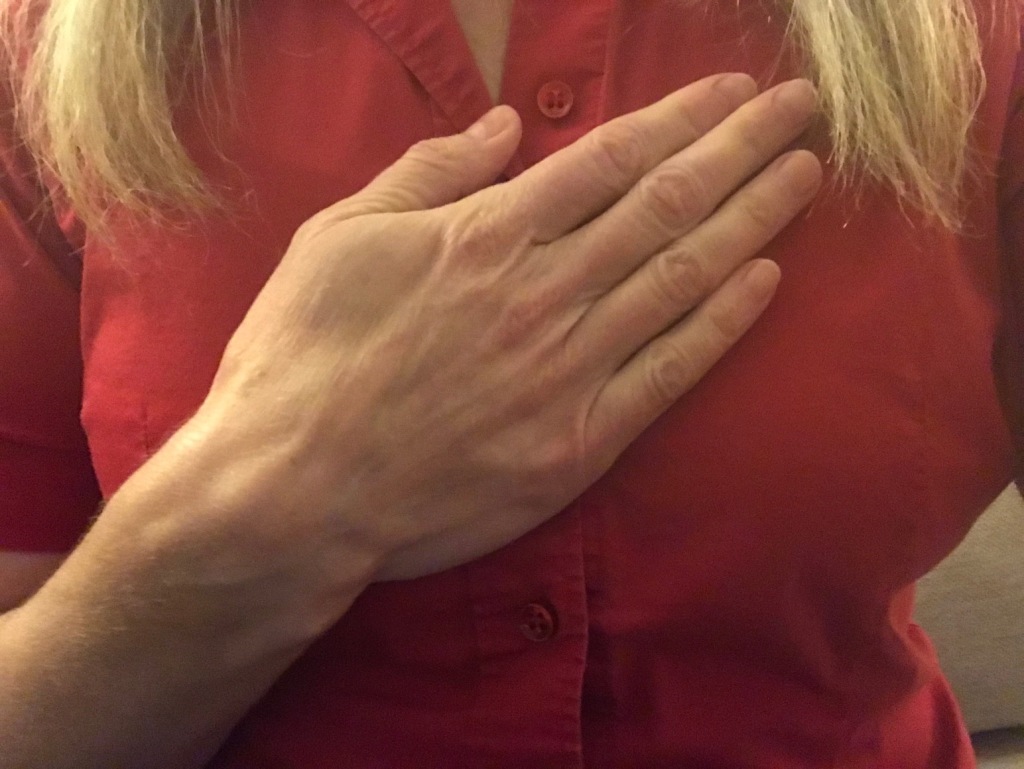
Breathing is both involuntary and voluntarily controllable. It’s always there for us to access when we need it, and it keeps going when we don’t think about it. It’s just – always there. When we feel under stress, our breath becomes more shallow and higher in the chest. And when our breath is shallow, we can become more anxious and fearful… causing more stress… leading to more shallow breath… and on and on… The body doesn’t function as smoothly as it could when restricted by shallow breathing. Practicing voluntary control over the breath allows you the opportunity to take those pauses to just listen. And in that pause you give yourself options. Gaining more control over the muscles you have voluntary control over, you can change the way the breath functions – and change how you move in the world.
What’s exciting about playing with the breath is that it’s all changeable. The more you play with breath and cross the line between voluntary and involuntary, the faster you can recover and respond to outside input that may cause unhealthy habits. If we create muscle habits to encourage healthy, adaptive breathing, we can face anything in life with expansion and fullness. No matter what it is.
The things that affect our breathing, and can cause us to breathe shallowly, are usually unavoidable facts of life. Things we don’t think about and the things we do. Our culture, the media, driving a car, interacting with other humans, bad news, good news, really anything that happens to you during the day requires us to constantly react and recover, react and recover. Breathing, being an automatic function in the body, has to happen no matter what. But we can habituate reacting and recovering, by practicing in the moments of calm.
Over the few days, see if you notice when you are holding your breath, breathing shallowly – when you do certain projects at work, or when you listen to the news. OR when you see something inspiring, hear a beautiful piece of music, or smile at with a loved one – notice how your breath moves with joy, as well as irritation.
This week, we will be focusing on breathing into the upper chest and shoulders. The neck and the shoulders must allow for deep breathing by releasing tension in order to let the lungs take in a full breath. We’ll practice releasing muscle patterns in the neck and shoulders to see how that affects deeper breathing.
Week 1, February 24th: Breathing into the low back
Week 2, March 3rd: Breathing into the chest & shoulders
Week 3, March 10th: Breathing into the pelvis
Week 4, March 17th: Breathing into the waist
Wednesdays at 9amEST on Zoom. Hope to see you there!
Register here.
(Registration closes at 9pm the night before.)
Classes run 35-45 minutes. Make sure you have a yoga mat sized space for the practice. Your video and audio will be off when you first get in the “room”, you have the option to turn both on. I’d love to *see* you, but feel free to remain off if you’re more comfortable that way 🙂
